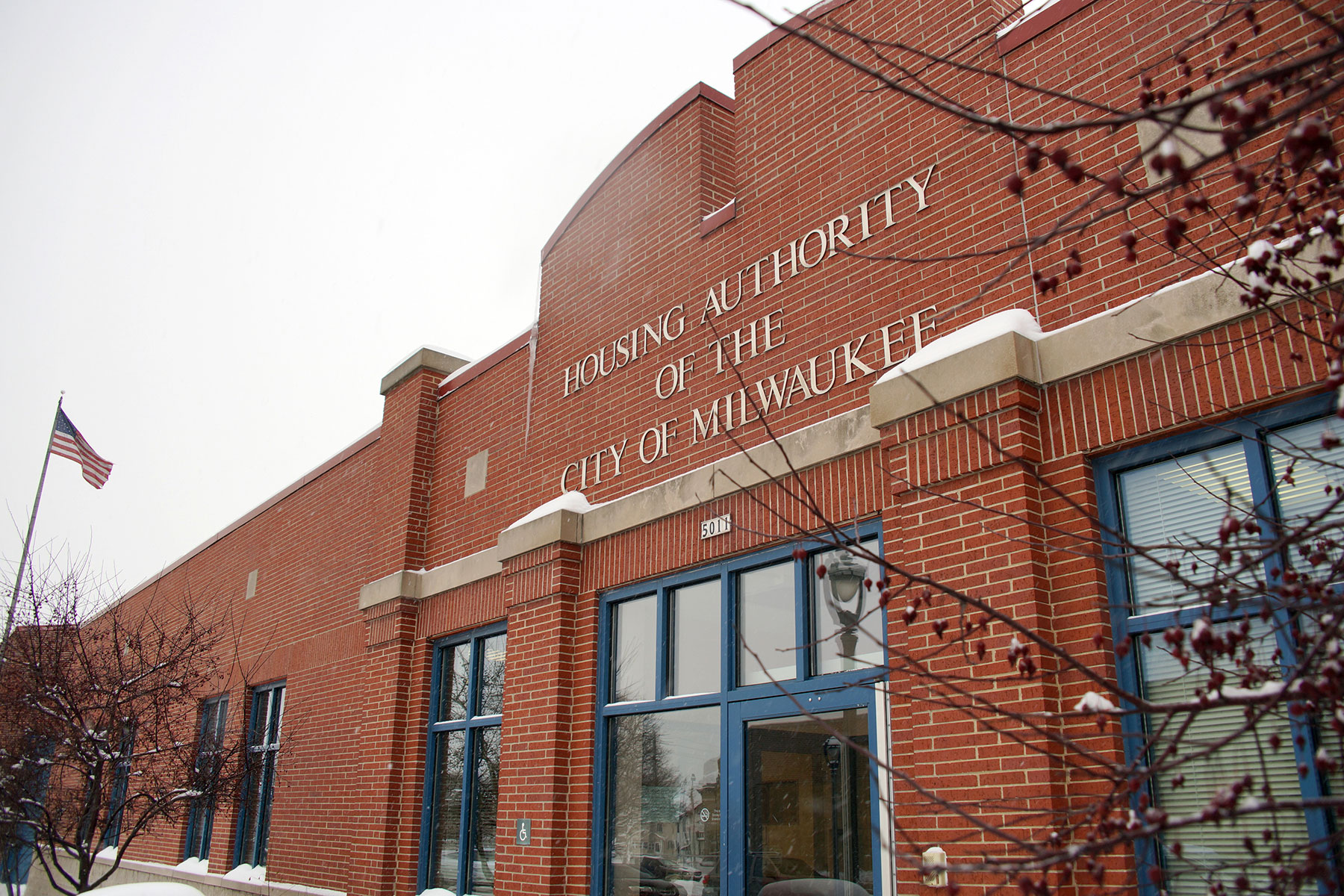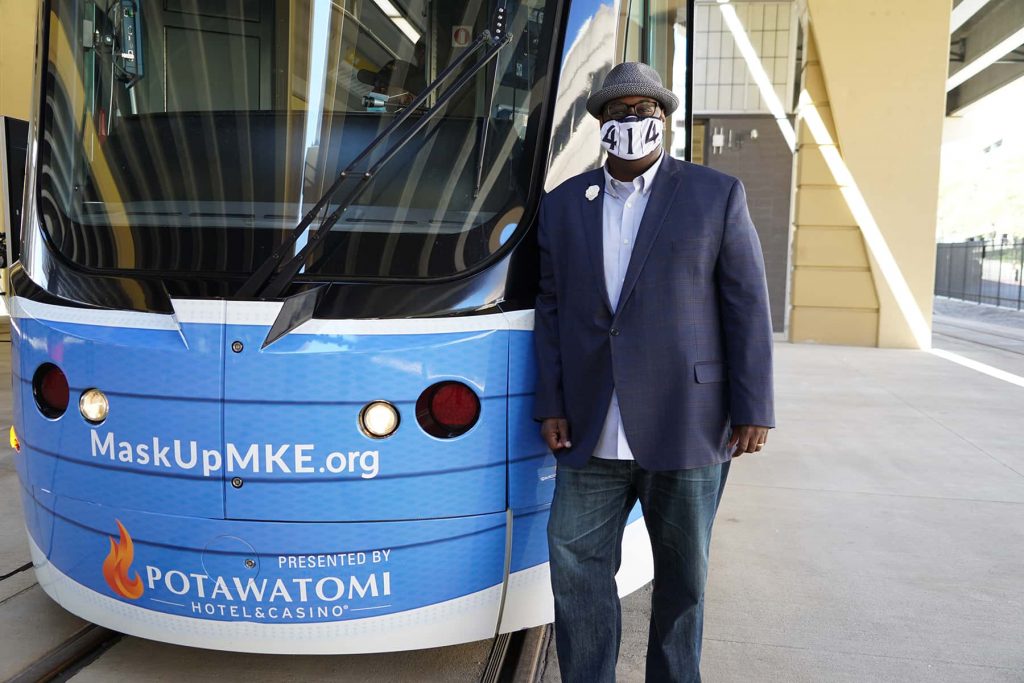
The U.S. Department of Housing and Urban Development (HUD) and the Housing Authority of the City of Milwaukee (HACM) have completed a four-year Voluntary Compliance Agreement (VCA) with recognition that HACM has greatly exceeded goals for the Section 3 program that provides job and contracting opportunities to public housing and other low-income residents.
Section 3 is a HUD workforce development program that sets hiring and contracting benchmarks for housing and community development projects receiving federal assistance. The program is designed to provide greater access to employment and other economic opportunities for low-income and very low-income persons, particularly those who are recipients of government assistance for housing.
Over the last four years, HACM strengthened its Section 3 program to make it more comprehensive and robust. HUD recognized HACM as a national leader in developing innovative processes to exceed Section 3 results.
“Creating employment opportunities is one of the most effective ways to help low-income individuals and families move from dependency to self-sufficiency,” said Anna María Farías, HUD’s Assistant Secretary for Fair Housing and Equal Opportunity. “I applaud the Housing Authority of the City of Milwaukee for meeting the requirements of the Voluntary Compliance Agreement and I look forward to its continued efforts to advance this important program.”
From October 2013 through September 2018, 64.7% (268) of all new hires (414) qualified as Section 3, more than doubling the 30% goal. In addition, 15.9% (66) of the new hires were HACM’s own public housing residents or rent assistance participants.
“Working together with our community, the Housing Authority has achieved the intent of the Section 3 provision – to ensure that our investments have the greatest positive impact on the residents and neighborhoods we serve,” said Tony Pérez, Secretary-Executive Director of HACM. “We are thankful to HUD for its guidance and support, to MICAH and other community groups for their partnership, to our staff for their diligence and hard work, and to our residents for their faith and participation in the program. We are also deeply indebted to the leadership of the HACM Board of Commissioners and the confidence and trust placed in them by Mayor Tom Barrett.”
Through HACM’s Section 3 contracting program, HACM awarded 33.1% of construction contracts to Section 3 businesses between October 2013 and September 2018, more than tripling the 10% Section 3 goal. HACM also awarded 30.1% of non-construction contracts to Section 3 businesses, exceeding the 3.0% goal by 10 times.
“The collective effort of the HACM team and our partners continues to produce innovative solutions to foster inclusive communities and provide opportunities for our residents beyond the foundation of affordable, high-quality housing – opportunities that offer our residents a path to self-sufficiency,” added Pérez.
In all, $21.7 million (32.2%) of the total awarded contract amount of $67.4 million during the period was awarded to Section 3 businesses.
“We can now see the importance of having relationships that help strengthen our community and can be modeled in other cities. MICAH’s Jobs and Economics Committee and HACM have decided that we will continue to meet to further ensure equity and access to jobs with family supporting wages along with quality housing. I can say I’m proud of what has been accomplished with the residents at Westlawn and the safety net put in place to help with the residents’ transitions,” said Lee Henderson-Tatum, MICAH VP/Jobs and Economics Co-chair.
Among the several initiatives HACM implemented to enhance its Section 3 program was the development of online portals that enable residents and businesses to register, search and apply for jobs and contracts. As of October 2018, 901 residents in the Milwaukee area have self-certified themselves on HACM’s Section 3 Resident Registry and listed their job skills and experience.
The Section 3 Resident Registry is available to any business seeking to hire and by the public. HACM contractors are required to use the registry when hiring new employees. HACM currently has 163 business registered in its online Section 3 Business Concern Registry, enabling them to receive notices and preference for contracting opportunities.
Alonzie Bingham, a former resident of the Westlawn neighborhood that is now being redeveloped, says the Section 3 program provided him with a new career pathway. After learning about the program and signing up for the Section 3 Registry, Bingham was contacted by a contractor working at Westlawn and offered employment.
“I appreciated the opportunity to receive hands-on construction training and to learn new things,” said Bingham. “Now I’m looking at a construction apprenticeship as the next step.”
HACM participated in several outreach efforts to educate residents and businesses about Section 3, including hosting and attending training sessions, fairs, and other events.
HACM has also engaged in several workforce development initiatives specifically aimed at Section 3 residents. One such initiative is the At-Promise Resident Training Program that HACM developed to provide low-income HACM residents with a new pathway to self-sufficiency.
The program builds upon the stability of HACM’s quality, affordable housing by also offering on-the-job training, life skills development, and post-secondary education that together can transform the lives of residents. At-Promise provides motivated residents with the opportunity to overcome barriers that could otherwise keep them locked into a cycle of poverty. Latisha Fowler, another former Westlawn resident, has experienced the benefits of the At-Promise Resident Training Program.
“I signed up for the Housing Authority’s Section 3 Registry where I received information about the At-Promise program,” said Fowler. “I successfully made it through the screening process, boot camp and the training session and I started work as an Administrative Specialist. I remember when I used to pay my rent at the Westlawn office. I would see what the office workers were doing and think, ‘I’d like to do that.’ Now, through the At-Promise Program, I am doing just that and working towards a full-time position.”















